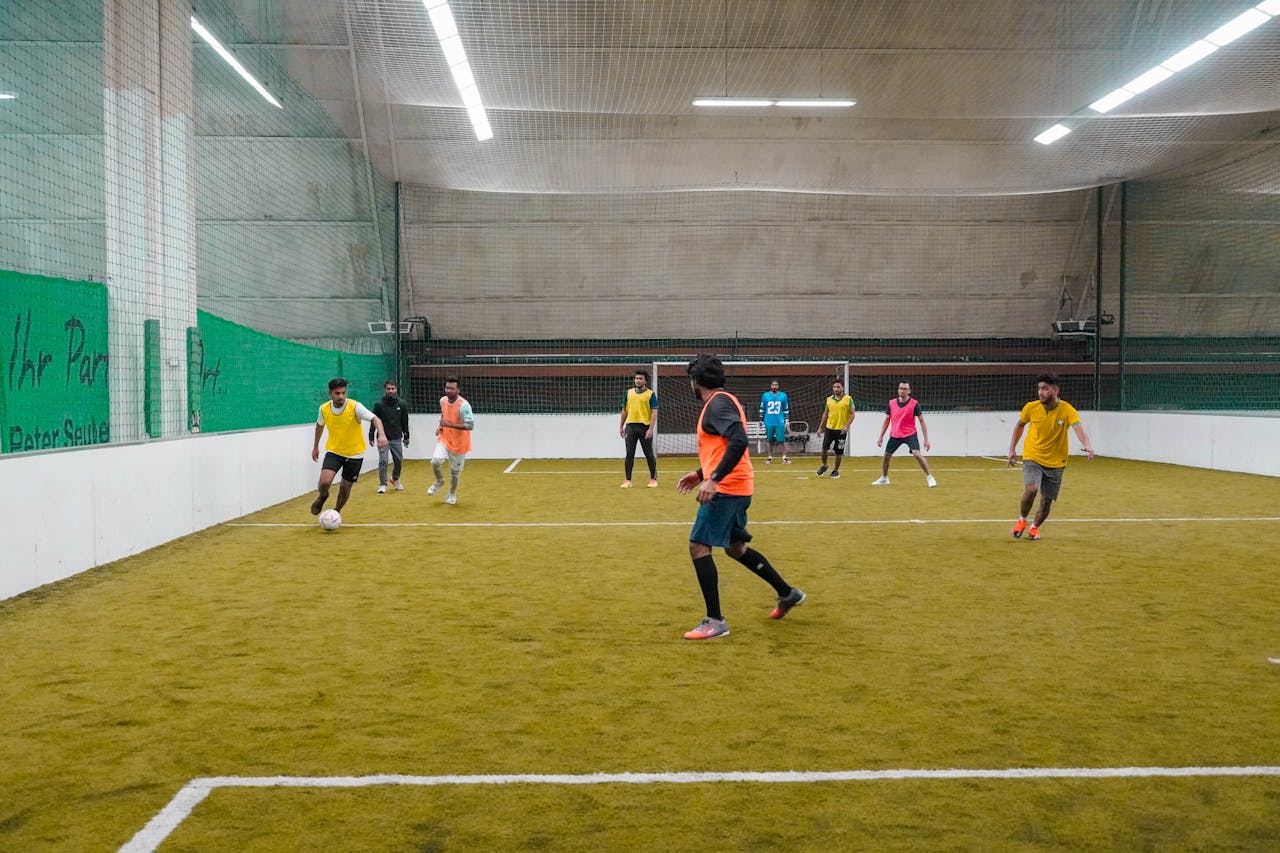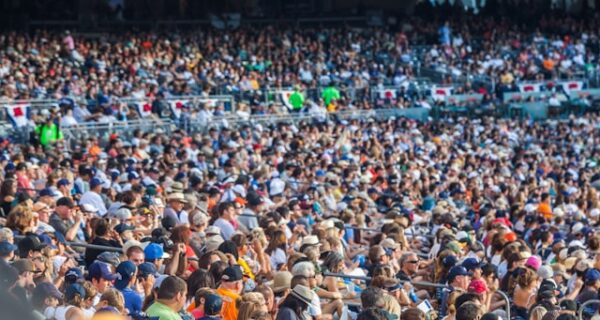Upgrading sports facilities is necessary to keep up with modern standards and provide players with a safe and efficient environment. Many organizations, from schools to training centers, look for cost-effective ways to improve their fields and arenas without committing to expensive renovations. Finding affordable solutions that enhance functionality while maintaining durability is essential for long-term success.
Modular equipment offers an ideal solution for upgrading spaces efficiently. These systems are designed to be flexible, easy to install, and budget-friendly. Whether adding new walls, flooring, or seating, modular designs help facility managers make improvements without long construction periods. Investing in high-quality, adaptable equipment ensures that upgrades meet current needs while allowing for future changes.
This article lists the many strategies for upgrading sports facilities.
Evaluate Facility Needs and Set a Budget
Before making any upgrades, it is important to assess the condition of the facility. Identifying which areas need improvements helps organizations prioritize changes without overspending. Conducting a thorough evaluation of existing equipment, seating, and field boundaries ensures that funds are allocated efficiently. Creating a detailed budget helps decision-makers plan upgrades without financial strain.
Modular solutions can provide an affordable alternative to permanent installations, allowing facilities to make gradual improvements while staying within budget. Careful planning ensures that investments are made where they will have the most impact.
Optimize Space with Portable and Temporary Structures
Portable equipment is useful for facilities that host different events throughout the year. Items like temporary fencing, retractable seating, and movable training walls help organizations adjust layouts without permanent installations. Using portable structures provides flexibility in managing space efficiently. They can be set up for specific events and stored when not needed, reducing unnecessary clutter and improving overall facility organization. This approach helps maximize available space while keeping costs low.
For example, modular soccer walls and field boards by Sport Resource Group are ideal for training grounds and professional fields. These walls are designed to be lightweight, durable, and easy to install, making them a cost-effective choice for upgrading facilities. Customizable sizes and strong materials provide a safe and efficient way to enhance field boundaries.
Upgrade with Multi-Use Equipment
Choosing equipment that serves multiple purposes can help save money and maximize space. Instead of investing in single-use items, selecting adaptable products allows facilities to cater to different types of training and events. For example, adjustable net systems can be used for various activities, while portable bleachers can be rearranged for different events.
Using versatile equipment means fewer purchases are needed, leading to cost savings over time. Facilities that integrate multi-use designs benefit from more efficient layouts and better functionality.
Use Prefabricated Structures for Additional Space
Expanding a facility does not always require large-scale renovations. Prefabricated units provide extra storage, locker rooms, or spectator seating at a lower cost than traditional builds. These structures are easy to set up and can be relocated as needed. Prefabricated units allow organizations to expand their facilities without long delays or high labor costs. With durable materials and flexible designs, they provide an affordable solution for those looking to add extra space quickly and efficiently.
Implement Energy-Efficient Lighting and Scoreboards
Switching to energy-efficient lighting and modern scoreboards is an effective way to reduce long-term costs. Traditional lighting systems consume more electricity, leading to high utility bills. LED lights provide better illumination, last longer, and use less power, making them a cost-saving alternative. Modern digital scoreboards also offer long-term savings.
Many models are now solar-powered or designed with energy efficiency in mind. These upgrades cut electricity expenses and provide a professional look that enhances the overall experience for players and spectators.
Consider Synthetic Turf for Low-Maintenance Fields
Maintaining natural grass fields requires frequent watering, mowing, and repairs, leading to high long-term costs. Synthetic turf offers a budget-friendly alternative with minimal upkeep while providing a consistent playing surface. It is durable, weather-resistant, and designed for heavy use, making it ideal for high-traffic facilities.
Unlike natural grass, synthetic turf does not require pesticides, fertilizers, or excessive watering, reducing both maintenance expenses and environmental impact. Many modern options also feature improved drainage and shock-absorbing properties, enhancing player safety. Investing in synthetic turf can help facilities cut costs while maintaining a high-quality, professional-looking field year-round.
Partner with Local Sponsors to Offset Costs
Sponsorships can be a great way to fund facility upgrades without relying solely on internal budgets. Local businesses and corporate sponsors are often willing to invest in facilities that provide visibility for their brand. In exchange for funding or equipment donations, sponsors can place banners, logos, or advertisements around the facility. This partnership benefits both parties—facilities receive financial support while businesses gain valuable marketing exposure.
Seek Grants and Government Funding for Facility Improvements
Many organizations offer grants to help improve sports facilities. Schools, community centers, and sports programs may qualify for funding through government programs or private organizations. Researching available grants and applying for funding can significantly reduce upgrade costs.
Some grants focus on improving accessibility, promoting youth programs, or supporting energy-efficient projects. Taking advantage of these opportunities can help facilities make necessary improvements without financial strain.
Prioritize Maintenance to Extend Equipment Lifespan
Regular maintenance ensures that modular equipment lasts longer and performs well over time. Simple steps like cleaning, inspecting, and repairing minor damages prevent the need for expensive replacements. Creating a maintenance schedule helps facility managers keep track of necessary repairs and upkeep. Investing in quality maintenance products and training staff on proper care techniques can further extend the lifespan of equipment, reducing overall costs in the long run.
Upgrading a facility does not have to be an expensive project. Facilities can improve their infrastructure by using modular solutions, energy-efficient upgrades, and financial partnerships while staying within budget. Modular equipment offers flexibility, allowing organizations to make gradual improvements without major disruptions.
Prioritizing cost-effective upgrades and proper maintenance ensures that facilities remain functional and appealing for years to come. Whether through sponsorships, grants, or efficient planning, making smart investments in upgrades benefits both players and organizations in the long run.












